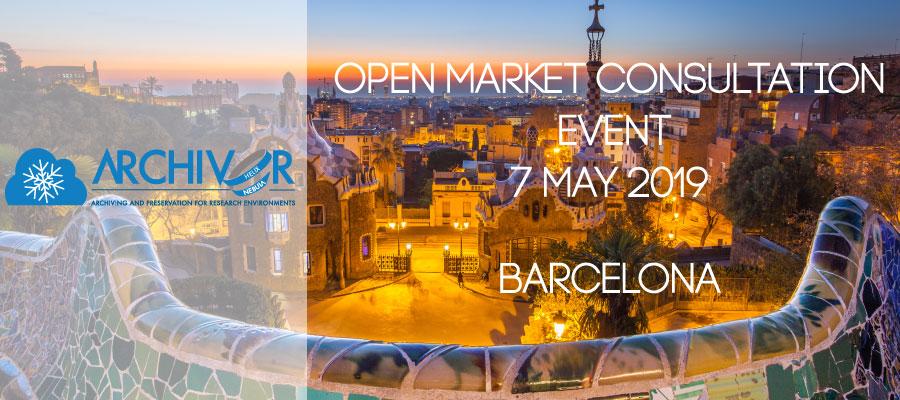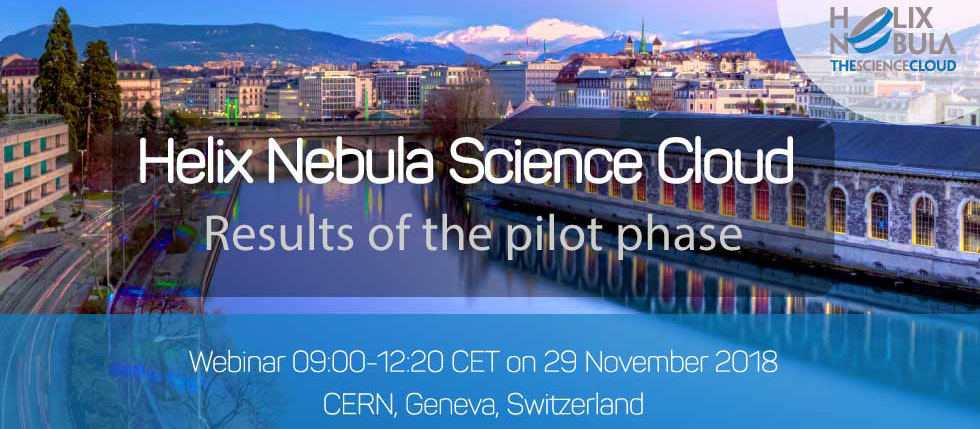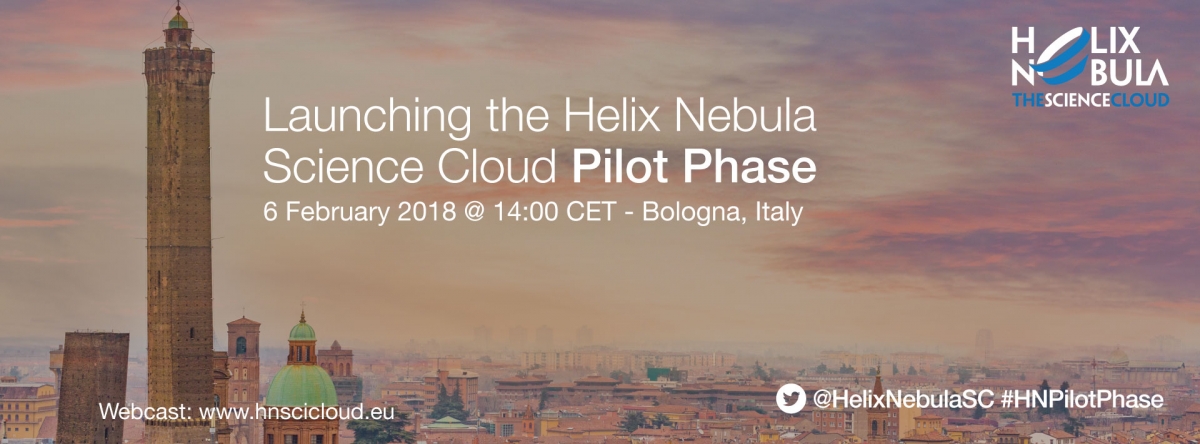A few days ago, we celebrated the 3rd anniversary of the rebirth of CosmoHub on its Big Data platform. As you might know, CosmoHub started as a tool for the distribution of PAU catalogs. Because of the limited data volume this task was achieved by an instance of a SQL relational database capable of handling datasets in the low Terabyte range. Since its beginning, CosmoHub has proven to be very useful for other surveys. The immense increase in data, that will soon reach a few 100s of Terabytes, finally led to the migration to Hadoop. The migration entailed a massive boost in performance and many new features of which you can take advantage today.
In a nutshell, in its most recent incarnation CosmoHub (https://cosmohub.pic.es) is a web platform for the interactive exploration and distribution of massive cosmological datasets. It serves dozens of catalogs to hundreds of users. Further, it has become the reference access point to the PAU catalogs and the synthetic galaxy catalogs derived off the Euclid Flagship dark matter simulations.
We wanted to celebrate this amazing achievement with all the CosmoHub supporters, and what better way of doing this than making available the largest set of public catalogs since our launch.
Since today, there are 9 new public catalogs available:
- DEEP2 redshift catalog DR4: The survey targeted ~50,000 distant galaxies in the redshift range 0 < z < 1.4, utilizing the DEIMOS spectroscopic on the Keck II telescope.
- ZEST: Zurich Structure & Morphology Catalog from a COSMOS sample
- KiDS DR4: provides reprocessed pixel and catalog data products for a roughly 1000 square degrees of the sky.
- COSMOS2015: contains precise photometric redshifts and stellar masses for more than half a million objects over the 2deg2 COSMOS field.
- DESI Legacy Survey DR8: 14,000 square degrees of extragalactic sky visible from the northern hemisphere in three optical bands (g,r,z) and four infrared bands.
- CANDELS Bulge-disk decompositions: A catalog of polychromatic bulge-disk decompositions of ~17.600 galaxies in CANDELS.
- DES Y1A1 gold catalog: ~137 million objects detected in co-added images covering ~1800 deg 2 in the DES grizY filters.
- DES Y1A1 morphology catalog: structural and morphological catalogue for 45 million objects selected from the first year data of the Dark Energy Survey (DES).
- VIPERS (photometry and spectroscopy): second and final data release (PDR-2) of the VIMOS Public Extragalactic Redshift Survey (VIPERS).
As always, we are more than happy to answer all of your questions and requests, just hit us up at cosmohub@pic.es.
The CosmoHub Team









